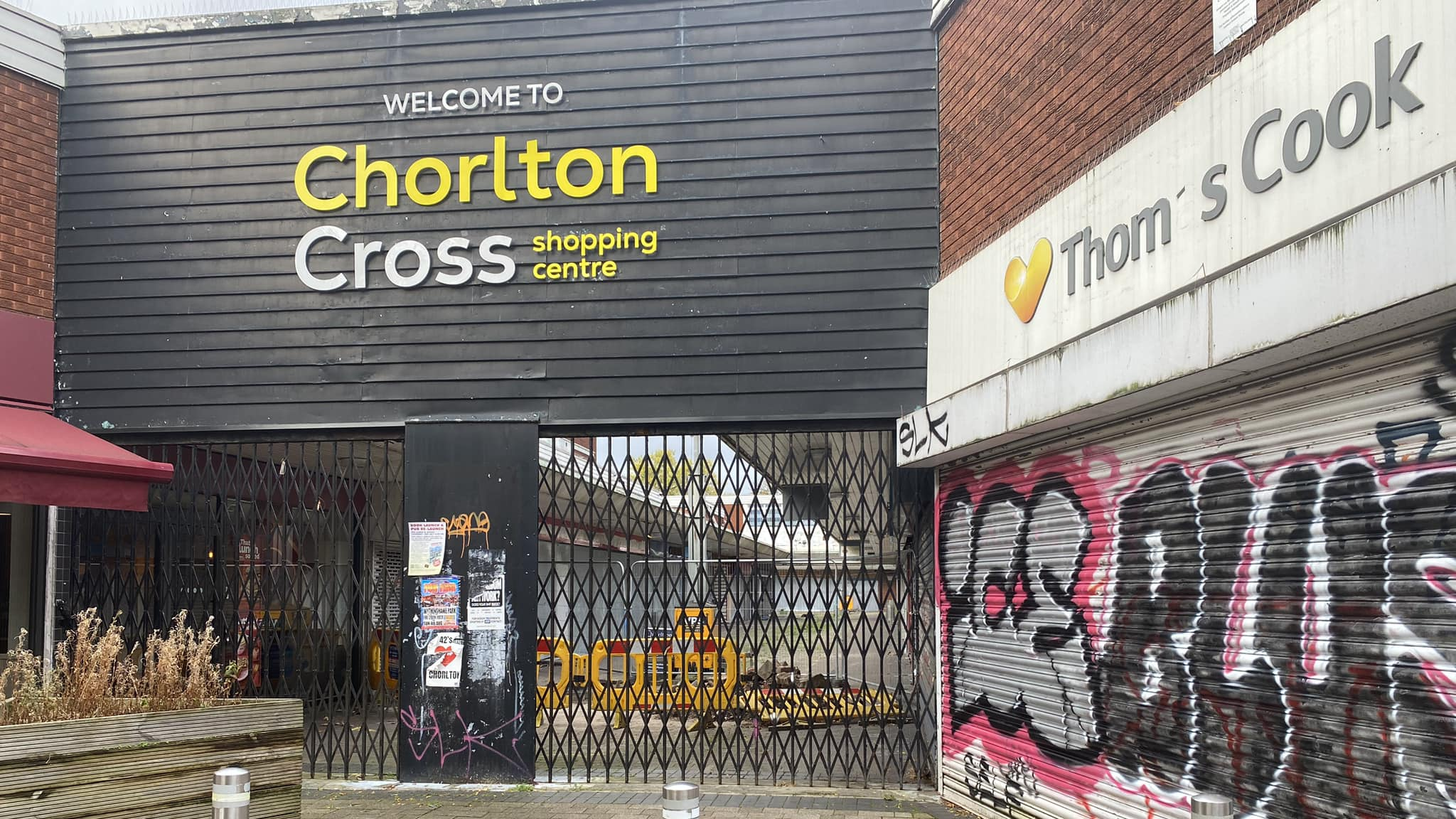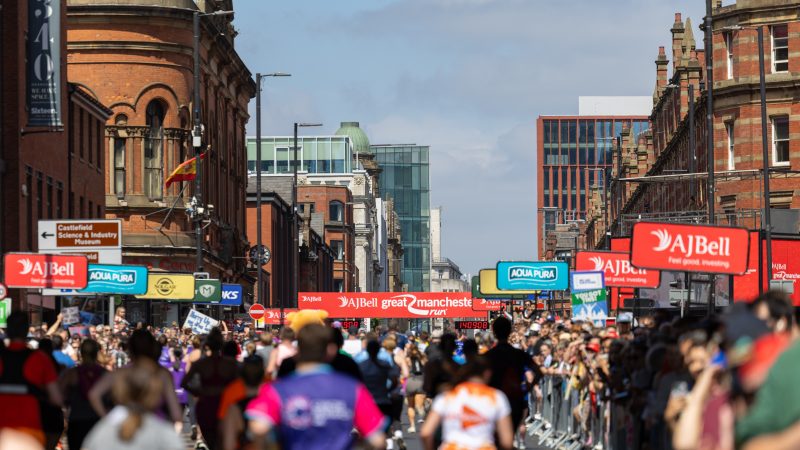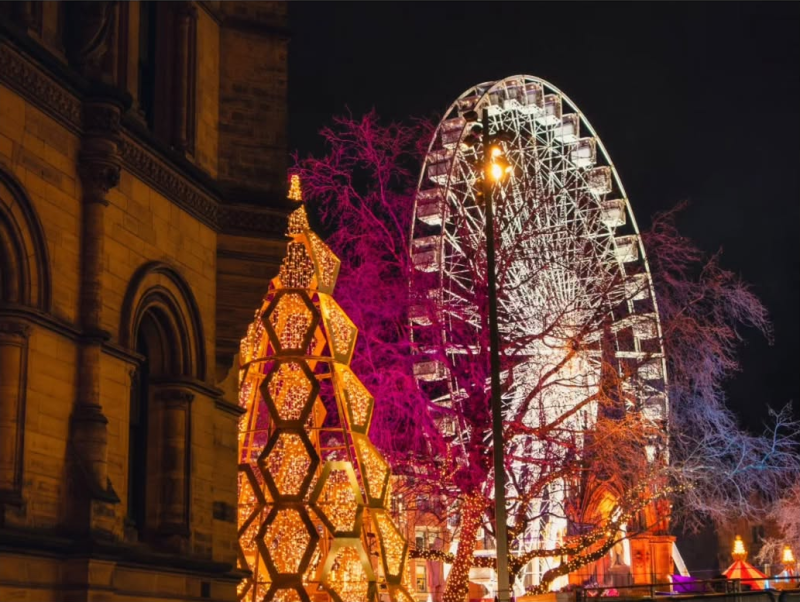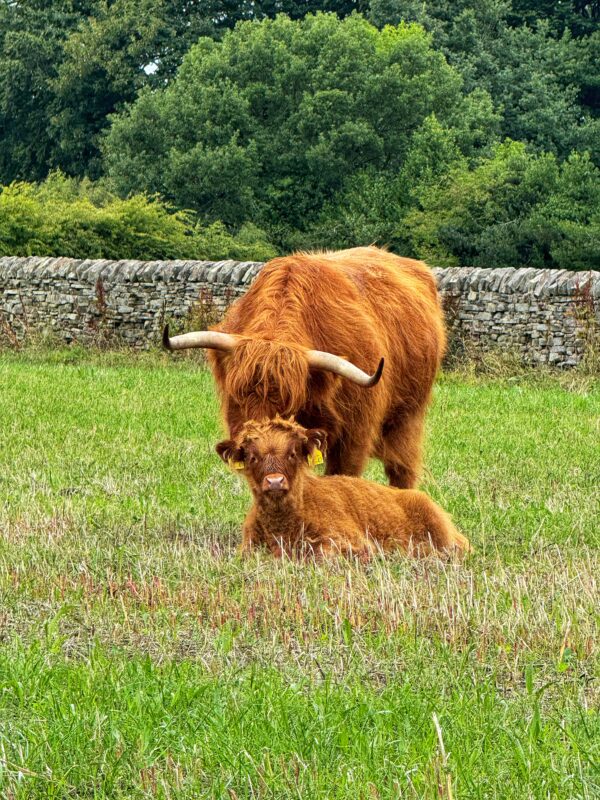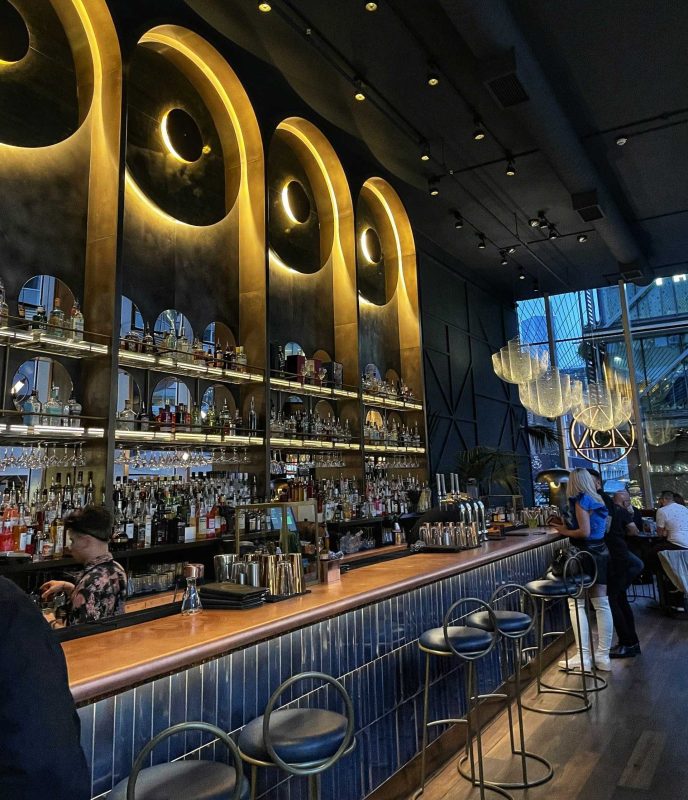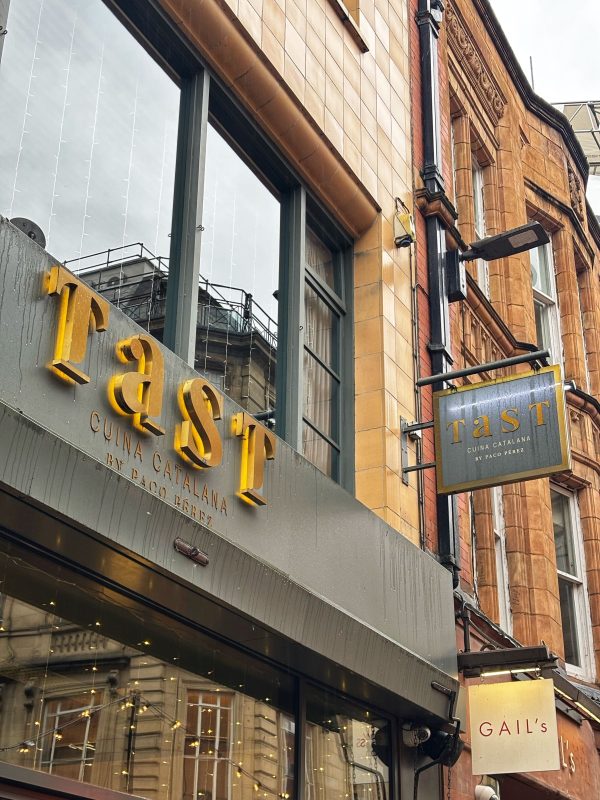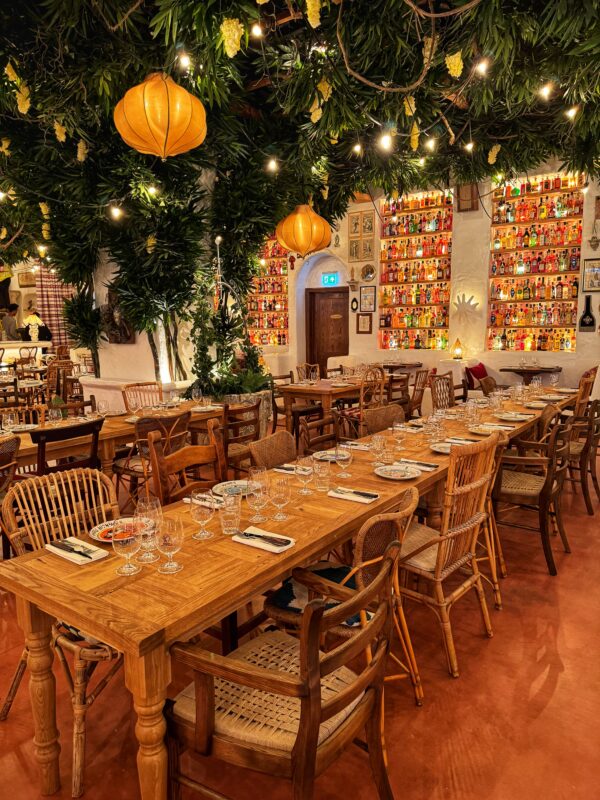News
A rare giant otter has arrived at Chester Zoo to help save a species
Loving this pose by the way. It's very, 'Why hello there, welcome to my zoo'.
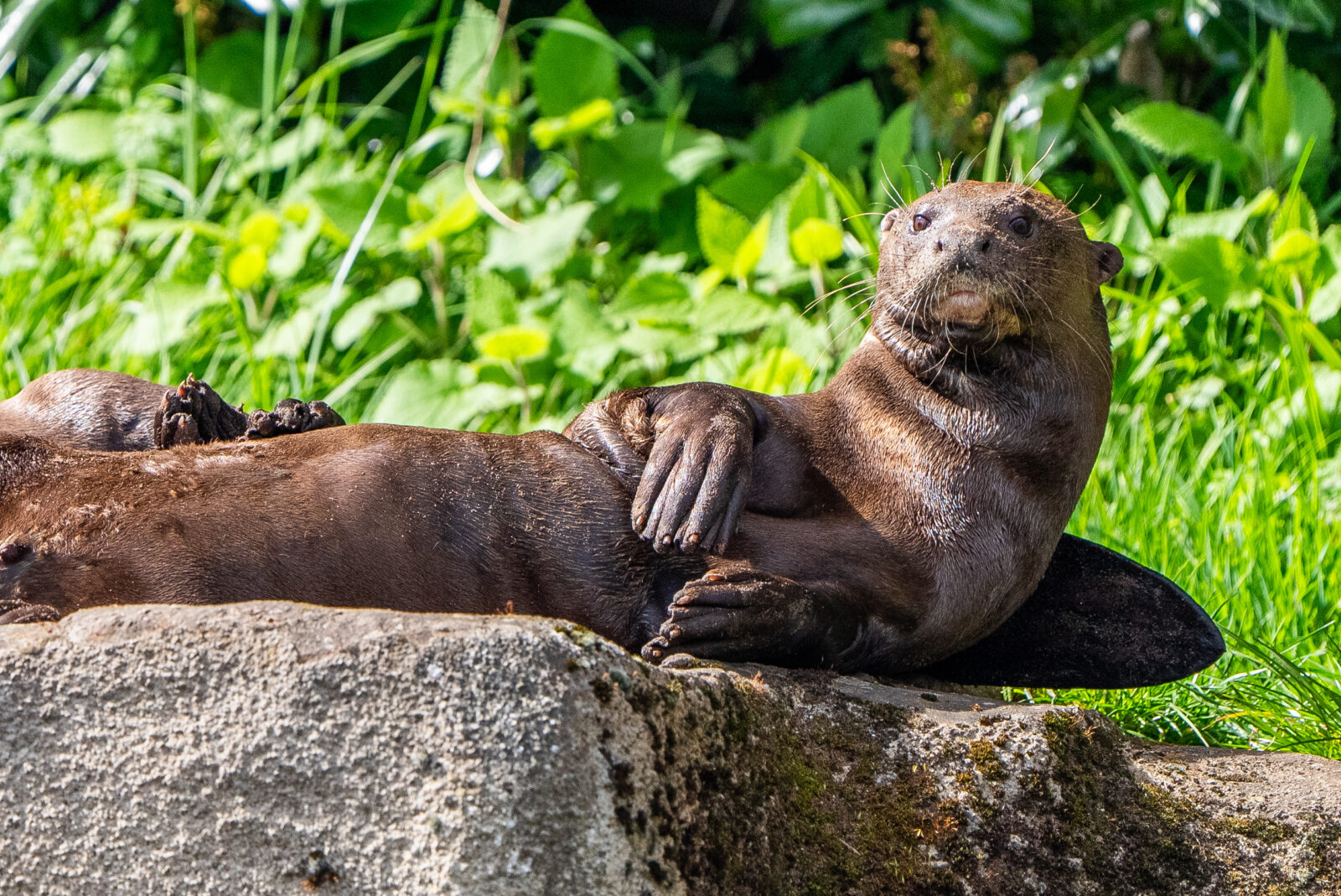
More happy news over at Chester Zoo as a rare giant otter has just arrived at the best zoo in the UK and, surprise, surprise, he’s a cutey.
The rare species, originally from the Guyanas to Central-North Argentina and which once spread across other parts of South America, is currently at risk of going extinct altogether but the addition of this new male otter could help bring it back from the brink.
Arriving at the end of April, this fine young fellow has now joined his new female partner, Tibiri, as part of a crucial international conservation breeding programme.
Manchester, meet Manú, Chester Zoo‘s newest and most camera-ready animal.
Zookeepers have now released the first heartwarming images of the otters meeting for the very first time, where they can be seen swimming and playing together and, judging by how loud and vocal the pair have been, it looks like they’re already getting on like a house on fire.
With no more than 5,000 giant otters remaining across the whole of South America, conservationists are hopeful the duo will go on to have pups in the near future.
The decline in numbers is a result of mass-scale deforestation, water pollution and illegal hunting in the region. The International Union for the Conservation of Nature (IUCN) listed the species as endangered back in 2020 and it’s now the job of places like Chester and other Zoos to stop them from going extinct.
Three-year-old Manú – who travelled all the way from Budapest Zoo in Hungary – is said to have been genetically matched with Tibiri, 8, giving the species the best possible chance at a more secure future.
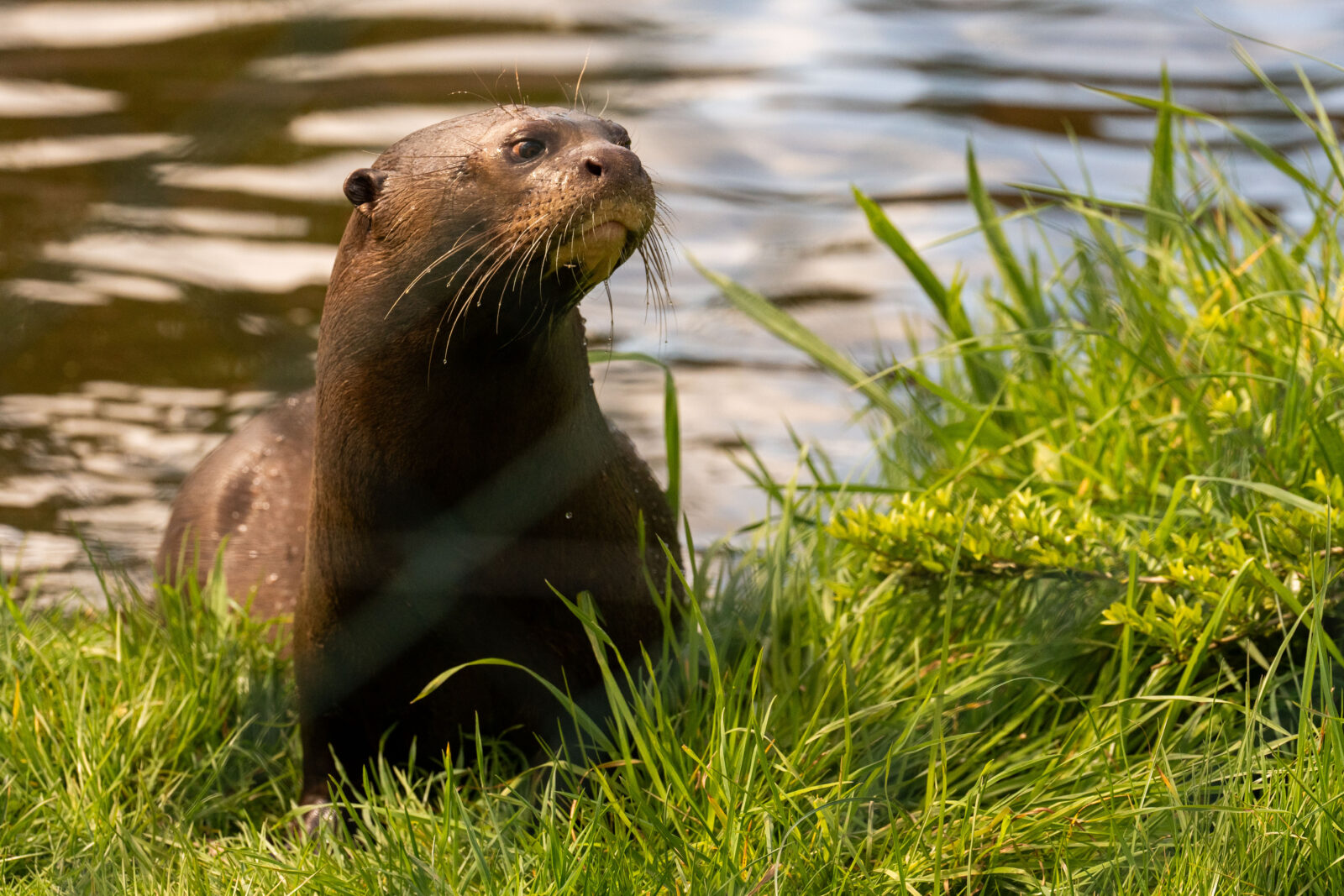
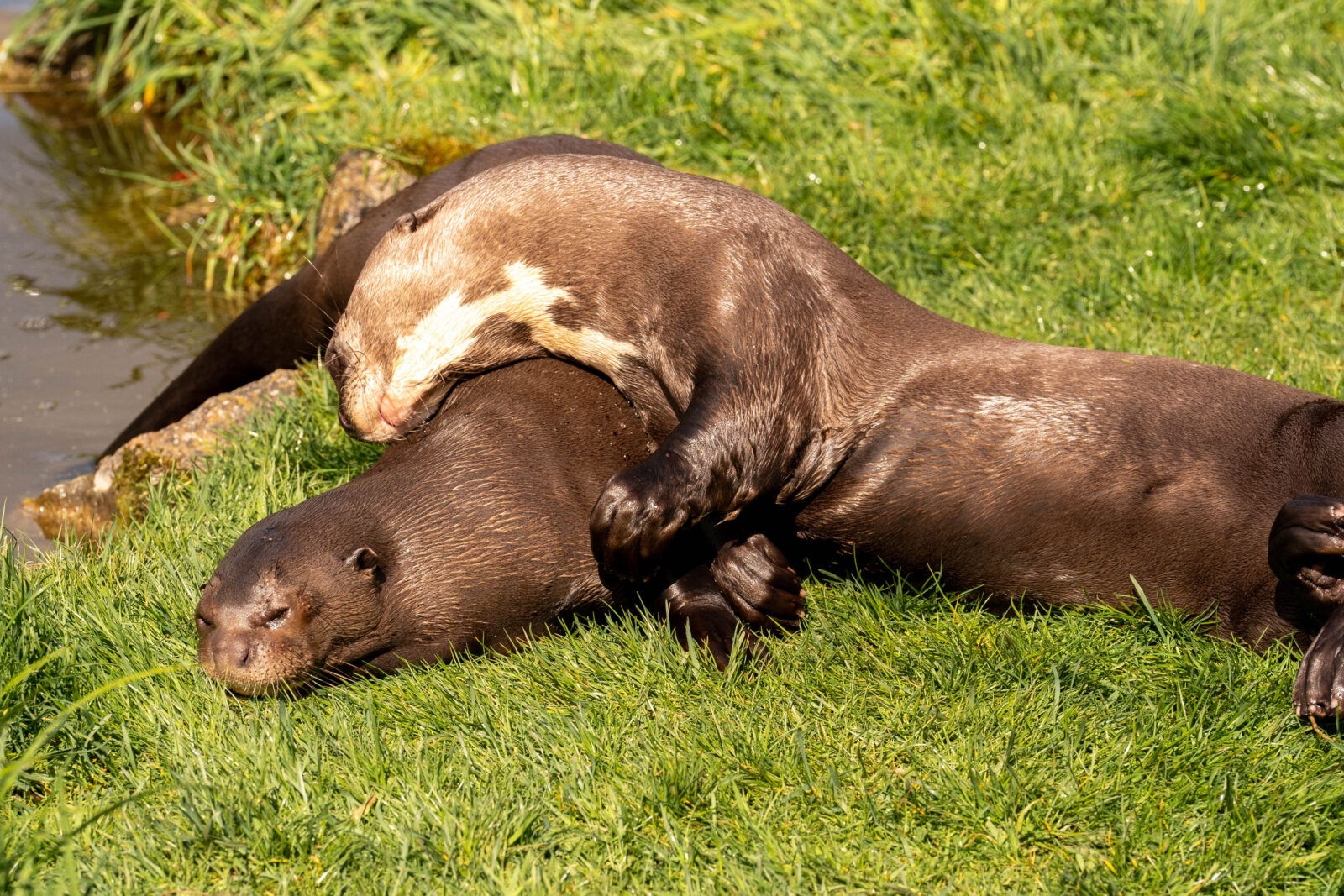
The species, which can grow up to nearly two metres in length and 30kg in weight (the largest of all otter species, as the name would suggest) has sadly already been declared extinct in Uruguay and its ancestral home of Argentina. There are thought to be less than 5,000 left in the entire world.
But that’s where the likes of Manú and Tibir come in: they could help popular future generations of the giant otter and hopefully see them return to lakes, rivers and wetlands in numbers one day.
Speaking on the arrival, Chester Zoo Carnivore Keeper, Anna Starkey, said: “Since arriving at the zoo only a few days ago, Manú has settled into his new surroundings very quickly… So far we’ve seen really positive signs between the two and they can be heard using a range of vocalisations while playfully swimming together, which shows us that they’ve instantly bonded.
“[They’re] apex predators in the South American ecosystems and play a crucial role in maintaining the balance of freshwater habitats. They do this by hunting prey populations, keeping the health and biodiversity of their environments in check. But sadly, the wild population feel enormous pressures from pollution and mass deforestation which continue to threaten their survival altogether.”
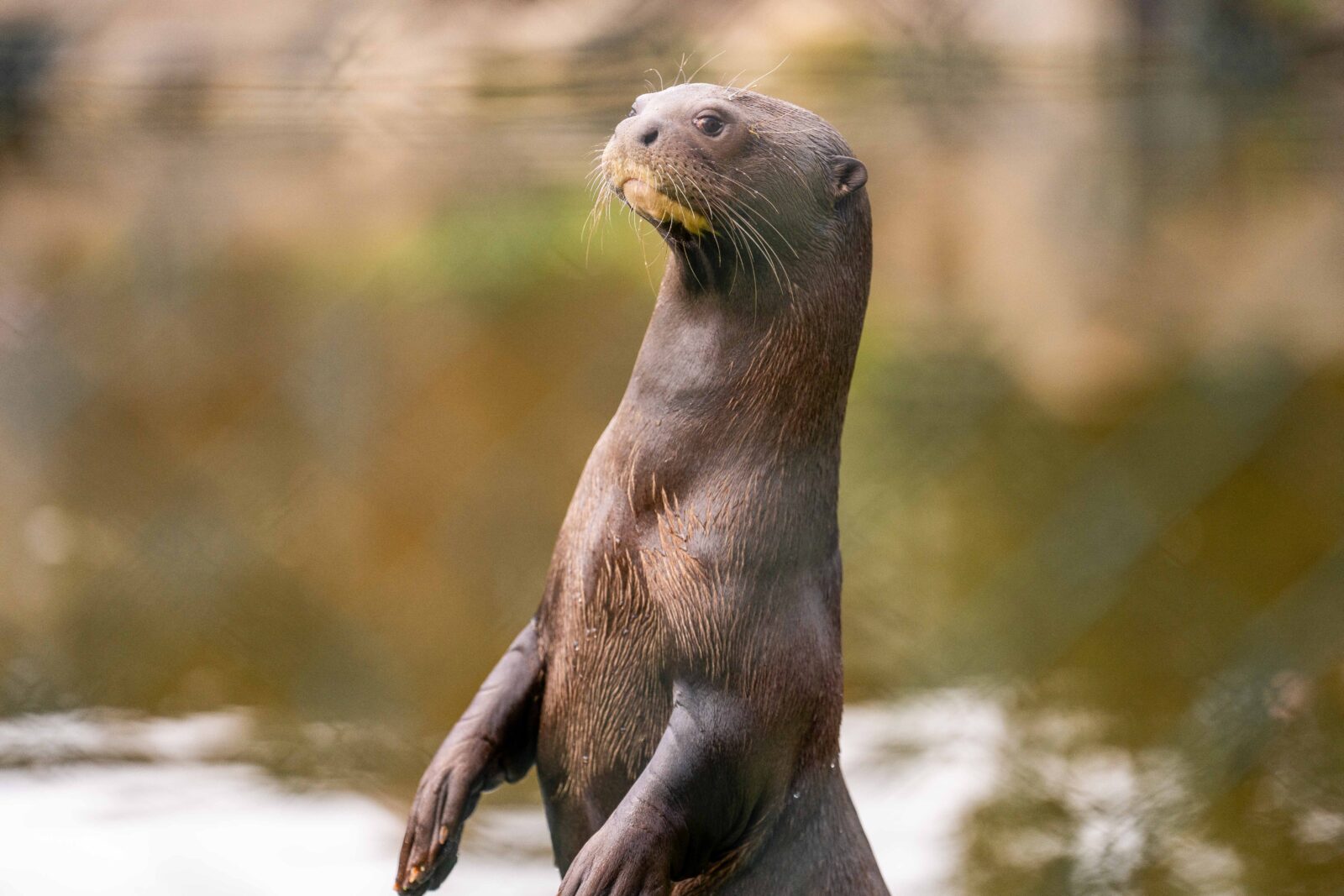
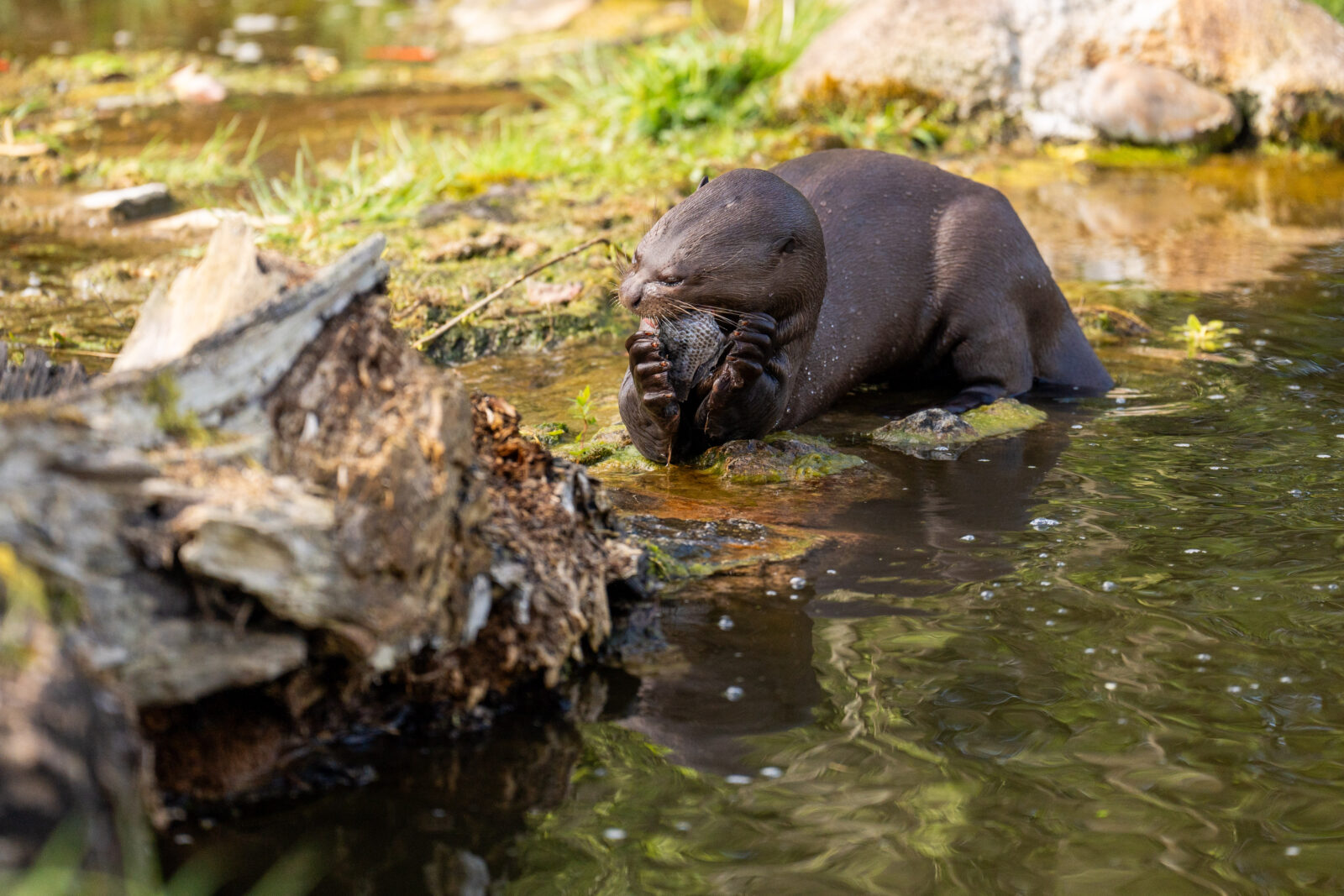
Read more:
- KFC have launched their own perfume – oh, and a new BBQ burger
- The longest-resident dog at a Bury animal sanctuary has finally been rehomed after nine years
- Erling Haaland is now a playable character in Clash of Clans mobile game
Each giant otter typically has unique markings of white or cream fur on their throat and under their chin, which allows every individual to be identified by experts.
Unusually though, Manú does not have any markings and his throat is chestnut brown, which makes him easily identifiable from his new lady friend.
Starkey added: “It will now be the role of conservation zoos like ours to play a pivotal role in turning the tide and safeguarding their future on the planet.”
Welcome to the North West, Manú.
For all the latest news, events and goings on in Greater Manchester, subscribe to The Manc newsletter HERE.
Featured Images — Chester Zoo


